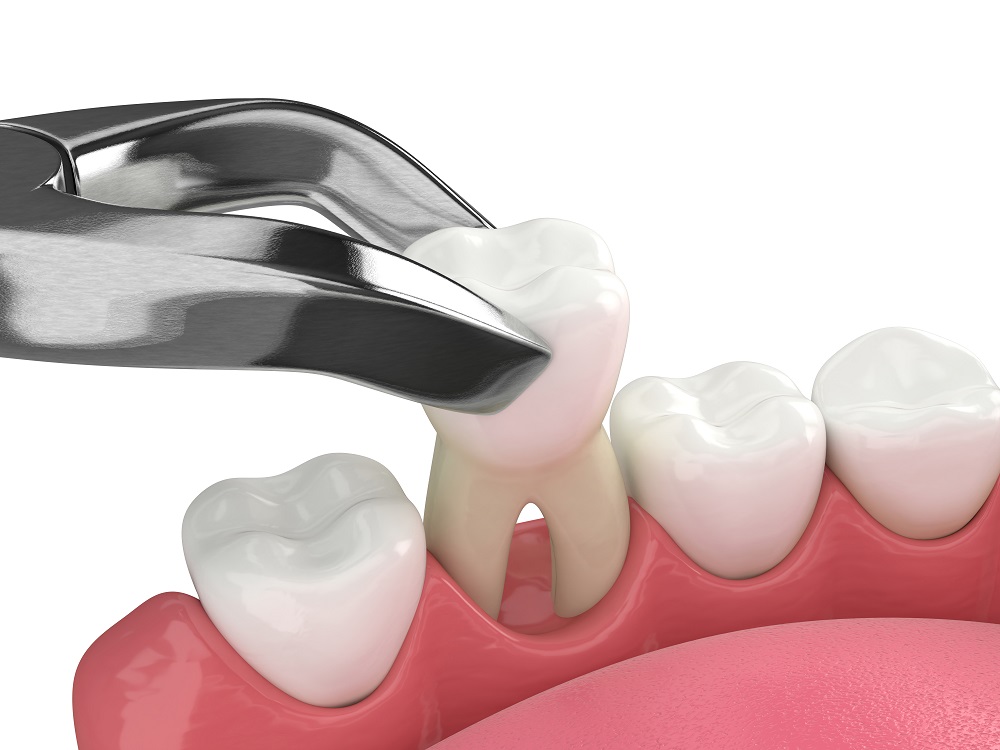After the extraction of a single molar, you may believe you have many other teeth available to help you perform daily functions, but that’s different from how it works. The loss of even one tooth can have severe consequences for your dental and overall health, despite the prevalent belief that most people have that this is not the case.
While tooth extraction may seem like a quick and affordable fix initially, the costs and consequences associated with replacing the space left by the lost tooth can pile up over time. So, you’re wondering, “What happens if I don’t replace a missing tooth?” this may be an excellent time to reach out to your general dentist.
What Happens If You Don’t Replace a Pulled Tooth?
Everyone requires a complete set of teeth to maintain healthy gums and teeth. An endodontist near you will propose restorative procedures like fillings and crowns when necessary to avoid further damage and the potential loss of teeth.
However, in some cases, extraction is the best course of action. Tooth replacement is necessary to avoid further discomfort and financial strain. You put yourself in danger of the following if you decide to abandon a vacant room:
- Your other teeth will start to move around, too. Uneven wear from chewing and difficulties with the jaw joint (TMJ) result from a misaligned bite.
- Cavities and gum disease are magnified in severity in the remaining teeth.
- The jawbone that initially surrounds the root of a tooth begins to reabsorb after the tooth is removed.
- The shape of your face and jawline will alter as your jawbone weakens.
- If you have a missing tooth, you may feel less confident and negatively perceive yourself.
- Chewing or speaking typically may be difficult if a tooth is missing from a particular mouth area.
What are the Options?
These days, patients have a plethora of excellent dental care alternatives to choose from. A single tooth can be replaced with a standard bridge or a removable partial denture, sometimes a flipper. However, these solutions only replace the crown or the part of the tooth that is visible above the gumline, leading to issues including bone loss.
Another option is placing a single dental implant, which will replace the entire tooth (root and crown). It will stop you from dealing with the issues mentioned earlier and provide you with a natural-looking and natural-feeling replacement tooth.
Patients of all ages benefit from having all of their natural teeth in place. If you lose a tooth and have it replaced, your oral health will improve dramatically.
How Long Does it Take to Heal?
There are a number of factors that could affect how long it takes for your dentist near you to finish installing your dental implants. A full-mouth dental implant procedure will take substantially longer than fitting a single implant, which takes roughly an hour. If you need bone grafting, the operation will take longer since you will need to wait for the wound to heal before getting dental implants.
Depending on the circumstances, the length of time it takes for dental implants to be placed and for your mouth to recover, including whether or not you’ve had a bone graft, will vary from patient to patient. It takes roughly six to eight months for the gums to heal after dental implant surgery, assuming you’re a perfect candidate and don’t need bone grafting.
Visit Mint Dental and Talk to Our Dentists
Consenting to have a tooth extracted might leave you feeling hesitant, but it may be necessary for your dental health in the long run. Reach out to our Port Moody dentist to have dental implants inserted if you have recently lost a tooth or had one extracted. If you’re missing teeth, you should get them replaced as quickly as possible to avoid more dental issues.
Here at our community dental practice, our dental team are known as trustworthy experts in implant, general, cosmetic, and other forms of dentistry. You can ask us any questions about tooth replacement by sending us a message through our website form or by calling us. Talk soon!

